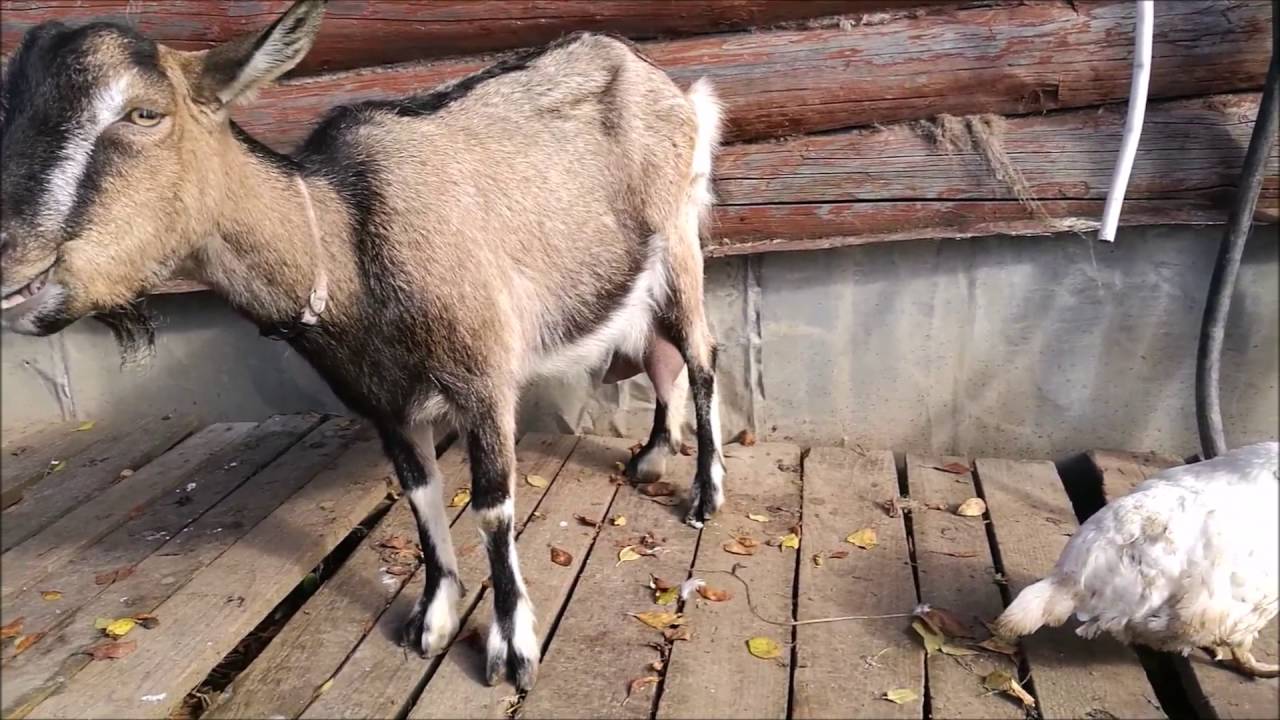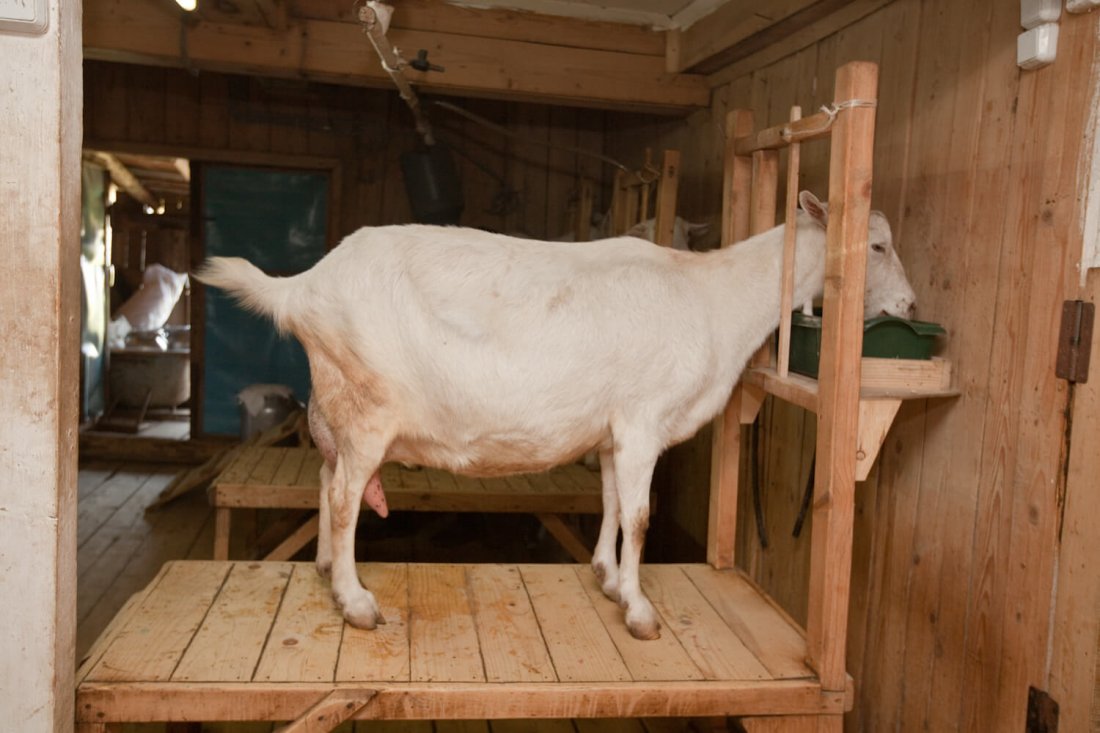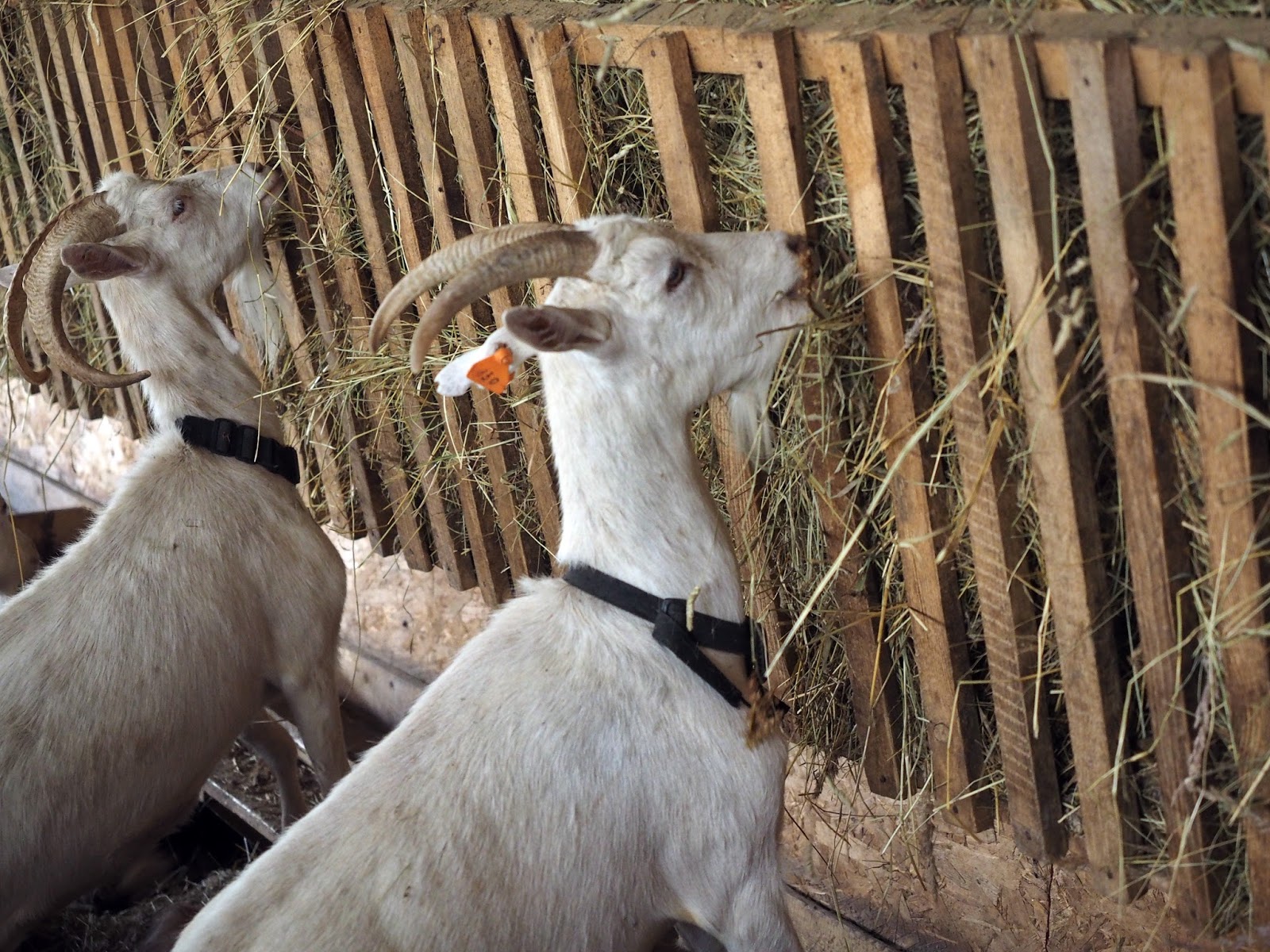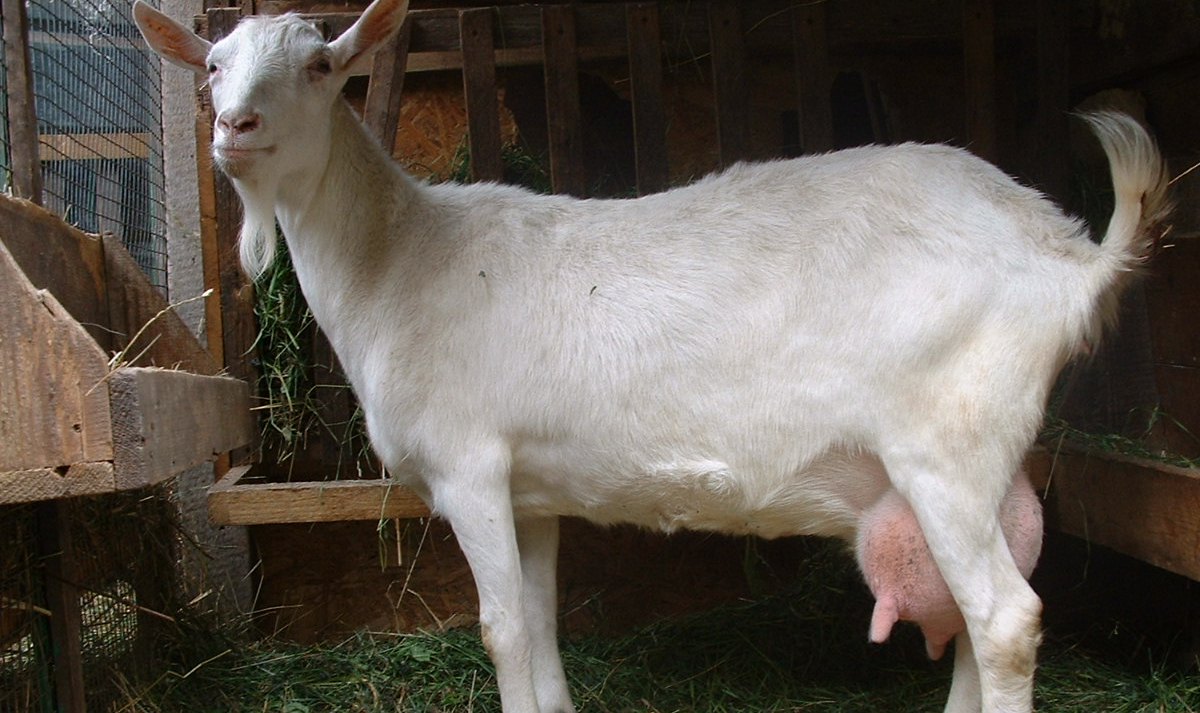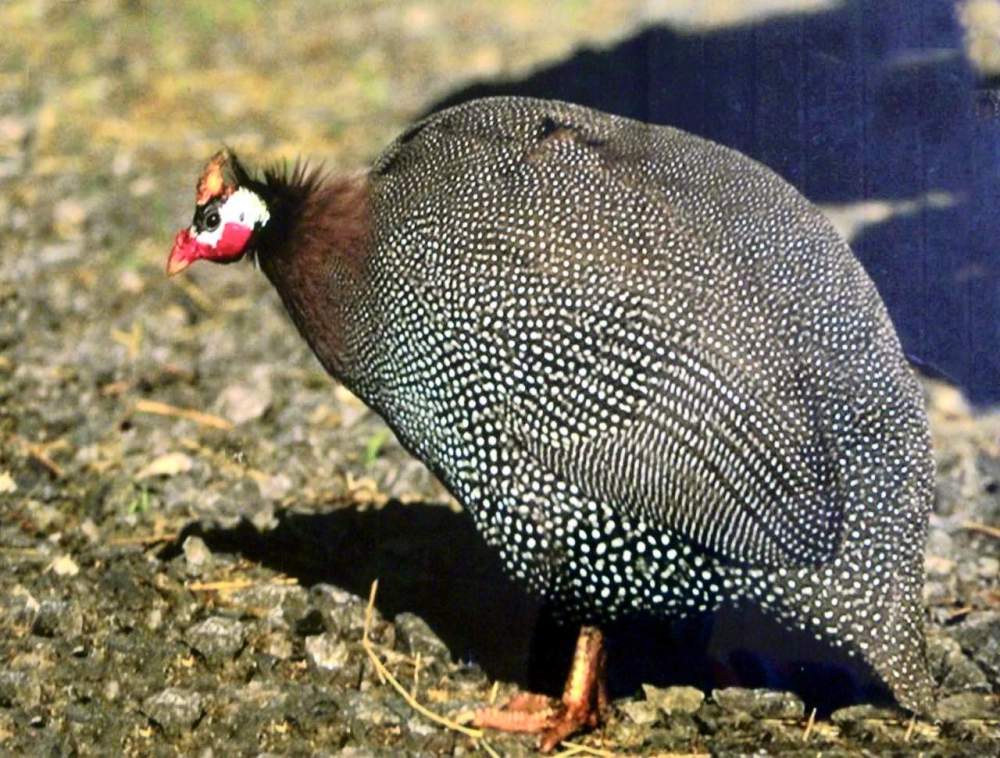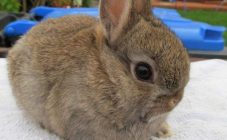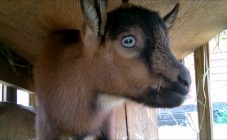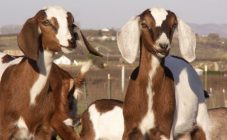Content:
Keeping goats has a number of features. Such animals are very mobile and restless. However, they quietly coexist with other inhabitants of the farm. Goats care and maintenance of which does not require much effort, are excellent farm animals. They can be kept both in a shed in the country, and in the entryway on the personal plot and closet. Goats are prized for the dietary properties of meat and milk.
For beginners, keeping goats at home is not difficult. For good milk yield and body weight gain for the kids, certain conditions should be observed. The stall-pasture regime is considered optimal. It consists of grazing goats during the warmer months and keeping them indoors 24/7 when there is no green grass in the pasture.
Important for goats:
- organize a comfortable habitat;
- observe the correct diet.
What should be a goat's rue
There are no special requirements for a house for keeping goats. In warm regions, you can keep them in the yard under a canopy without heating, since the animals are not afraid of the coolness.
When constructing a building, it should be taken into account that dampness is contraindicated for goats. It should be dry inside. Providing good ventilation will help prevent moisture build-up and the development of dampness.
It is not necessary to carry out insulation measures for the walls of the building, but they must be strong enough to prevent drafts.
It is not necessary to pour concrete on the floor surface. Concrete is too cold and the wood flooring deteriorates over time and makes it difficult for the goats. You can equip a wooden platform for the rest of the goats.
Windows should be located at a height of 1.7-2 meters and be 50-60 cm by 70-80 cm in size. The goat's house should be well lit, with constant access to fresh air.
Outside the premises, it is necessary to equip at least a small open-air cage for walking. The height of the fence must be higher than 1.2 meters. You also need to install two outputs: 1 - for goats, 1 - for humans. Gate locks should be designed so that goats cannot reach and open them on their own. The width of the gate should allow the animals to pass freely.
There are nuances for arranging a goat's rue for various ages and breeds of goats.
Arrangement of the goat's house
A separate room is required for the kids. Upon reaching adulthood, this room can be used as a treatment site for goats.
For dairy goats, boxes or stalls can be built to protect them from drafts. One individual requires an area of 1.8 sq. meters. The goat milking room should be as large as possible. The total length of the dairy should be twice the number of goats. A corral with a roof is needed to train the goat for milking. There should also be a hay feeder, a bridge 40-100 cm by 25 cm in height and a spare feeder.
There should be a separate place for the goats. It is necessary to run a goat into it a few hours before giving birth.You can leave the kid with the mother for 3-4 days until the milk is suitable for human consumption.
It is better to keep the goat apart from other individuals. He must have his own feeder and drinker. The height of the fence of such a room should be at least 1.5 meters. It is permissible to keep several goats in the same pen, as a rule, they are friendly towards each other throughout the year.
For mating, it is better to fence off a separate place. First, you need to run a goat into it, and after it a female. The more spacious the room, the easier it will be for the goat.
Plank materials are best for creating hedges for corrals. However, due to the high cost of materials, pens can be set up near other livestock buildings and warehouses.
The height of the fence should be at least 1.2 m, but it should be borne in mind that some goats are able to overcome a height of 1.5 m.
It is not recommended to use wire as a fence. Goats can lean on it, stick their head in and get injured. If, however, the choice fell on the wire fence, the tension should be set so that the goats cannot make a hole in it.
Wire fencing is much more convenient for experienced farmers to monitor the health of the animals. Significant disadvantages are its fragility and the need to mow the grass along the entire length of the fence.
For goats, it is necessary to equip feeders and drinkers. The goat's house should contain scattered hay nets, small containers for salt and minerals. Basket-shaped feeders work best for hay. Feeders should be located so that it is possible to fill them without going into the pen with goats. When placing feeders on the street, it is necessary to shelter them from possible precipitation.
The best option is to hang a metal mesh on the inside of the wall, at a distance of 0.5 m from the floor. Under it you need to place a box into which small stems and leaves will fall. Salts, vitamin and mineral supplements can be added to the same box.
How and what to feed goats for milk
To obtain a high milk yield, it is necessary to feed the goat properly. During the winter, goats need hay at the rate of 500 kg per animal. At the same time, the diet should contain silage and dry brooms from poplar, birch, willow, mountain ash and willow. A broom is issued once a day with a sufficient amount of hay.
To increase milk yield every day in winter, it is necessary to give out 0.5 kg of bran, pea flour or concentrated feed. These additives can be added to steamed kitchen waste.
In addition to the herbaceous part, you can give 2-4 kg of root crops per day. With the onset of autumn, you can add carrot and beet tops, cabbage leaves to the diet.
With the onset of spring, it is necessary to gradually transfer stall goats to a pasture regime.
The following herbs are contraindicated for goats:
- wormwood, tansy, chamomile - add bitterness to milk;
- horsetail - reduces milk yield;
- daffodils - cause seizures and inflammation of the gastrointestinal tract;
- nightshade, wild rosemary, euonymus, tobacco are poisonous.
Milking goat care
When caring for and keeping a milking goat, it is important to observe the following requirements:
- do not drastically change the structure of the diet;
- do not give spoiled, contaminated or frozen feed;
- maintain the percentage of fiber in food;
- give mineral and vitamin supplements;
- provide unlimited access to water, since its lack inhibits milk synthesis and causes inflammation of the udder;
- the room temperature should not be lower than 10 ° С.
Features of walking for goats
Suburban pastures with a variety of grass are well suited for grazing goats. Grazing on swampy areas where animals can get sick with hoof rot and liver fluke should not be allowed. Dew is also contraindicated for goats, so do not drive them out early in the morning. In addition, grazing goats in rainy weather is prohibited.
Routine immunizations, vaccinations and checkups
In order to avoid the development of the disease, both goats and their owners, it is necessary to examine and vaccinate animals in time by a veterinarian. The specialist will select the necessary vaccinations, according to the epidemiological well-being of the area.
In addition to such specific vaccinations as against foot and mouth disease or encephalitis, there is a list of necessary vaccinations against:
- rabies;
- brucellosis;
- anthrax;
- deworming procedures.
By observing all the prescribed standard measures for the care, maintenance and feeding of goats, you can get a healthy, highly productive livestock, both in terms of milk yield and meat. Carrying out simple procedures for examining, vaccinating goats will avoid contamination of the herd with serious lethal diseases.
